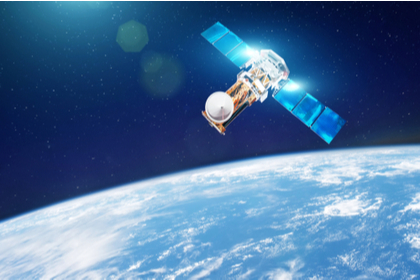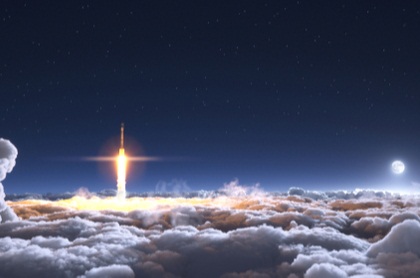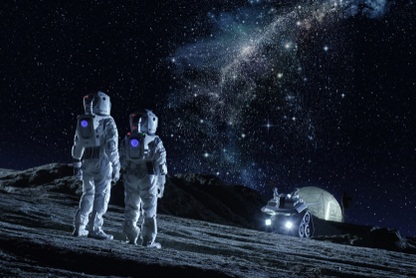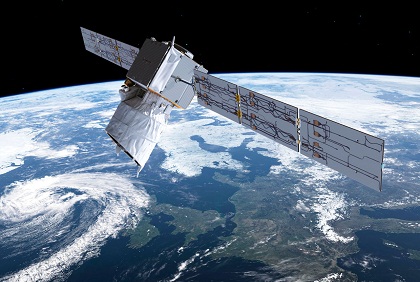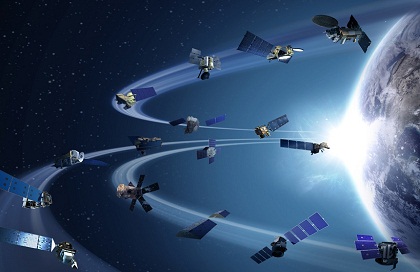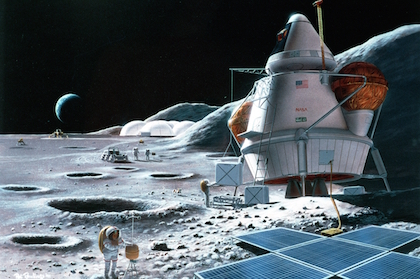Space to quantum: decade-defining budget
Budget 2020’s allocation for the Department of Space needs to be used as a seed fund for spawning innovation, says Chaitanya Giri, Fellow for Space and Ocean Studies, Gateway House, while the Rs. 8000-crore outlay for the National Mission on Quantum Technologies and Applications can help stimulate research


